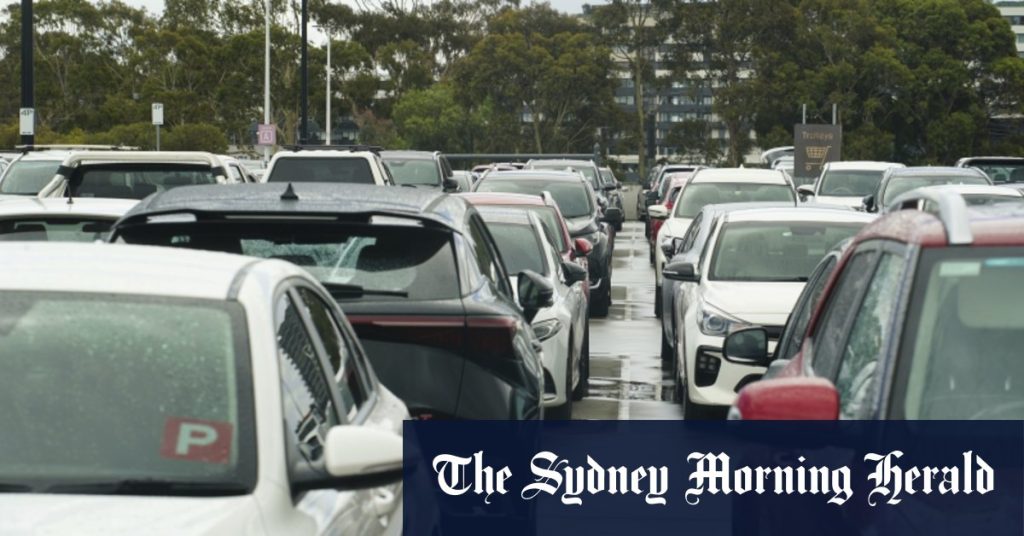The psychology of parking, particularly during peak shopping periods like Christmas, reveals intriguing insights into human behavior. Dan Monheit, a behavioral science expert, suggests that our parking experiences, both positive and negative, significantly influence our expectations and actions. The memory of easily securing a prime parking spot can create an irrational belief that the same effortless success will repeat itself, even in different locations with different parking dynamics. This “irrational encouragement” can lead shoppers to adopt suboptimal strategies, wasting valuable time and increasing stress levels.
One commonly observed parking tactic is the “wait and follow” approach, where drivers trail other vehicles, anticipating a soon-to-be-vacated spot. While potentially effective, this method can induce discomfort and anxiety, as noted by Mardi Ashkine, who works at Chadstone shopping centre, Australia’s largest indoor retail hub. Ashkine prefers a proactive approach, recommending shoppers head directly to the rooftop level, often the last to fill up. She emphasizes that the walk from the rooftop to the shops is often equivalent to the time spent circling for a closer spot, highlighting the potential time-saving benefit of this strategy.
Beyond specific tactics, managing expectations and maintaining composure are crucial to navigating the parking challenge. Monheit advocates for “self-anchoring,” a technique where shoppers preemptively allocate a specific timeframe for parking, such as 20 minutes. By setting this mental anchor, finding a spot within that timeframe, even if it takes 17 or 18 minutes, generates a sense of accomplishment, mitigating potential frustration. Further enhancing this strategy, Monheit suggests utilizing the waiting time productively by engaging in activities like making phone calls or listening to podcasts, transforming a potentially stressful period into a productive interlude.
The analogy between airport baggage carousels and shopping center parking lots further illuminates the psychology of waiting. The observation that people are more tolerant of walking longer distances than standing idly waiting for their luggage suggests that the perception of progress, even if it involves physical exertion, is preferable to the passive anticipation of an uncertain outcome. This principle applies to parking as well, where walking from a more distant spot can be less stressful than the often-futile search for the elusive perfect park.
While navigating crowded parking lots is a common holiday season experience, the ultimate stress-free solution, albeit often impractical at the last minute, is online shopping. This eliminates the need for parking altogether, offering a convenient alternative, particularly for those seeking to avoid the pre-holiday rush. However, for those venturing into physical stores, understanding the psychology of parking and adopting effective strategies can significantly improve the shopping experience, minimizing stress and maximizing valuable time.
The insights offered by behavioral experts and experienced shoppers provide a valuable framework for navigating the parking challenges inherent in busy shopping centers, particularly during peak periods like the Christmas season. By understanding the psychological factors at play, adopting strategic approaches, and managing expectations, shoppers can transform a potentially stressful experience into a more manageable and even productive part of their shopping journey. Whether it’s the “wait and follow” tactic, the rooftop strategy, or the practice of “self-anchoring,” the key lies in being prepared and maintaining a positive outlook, allowing the focus to remain on the joy of the season rather than the anxieties of parking.

